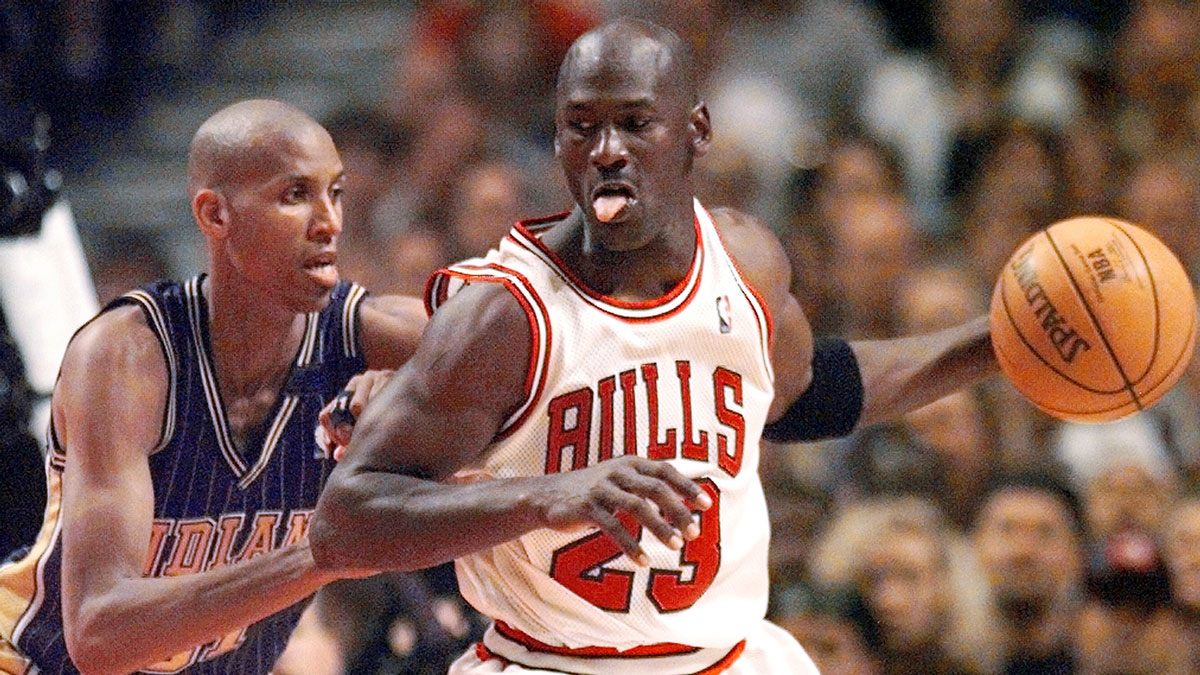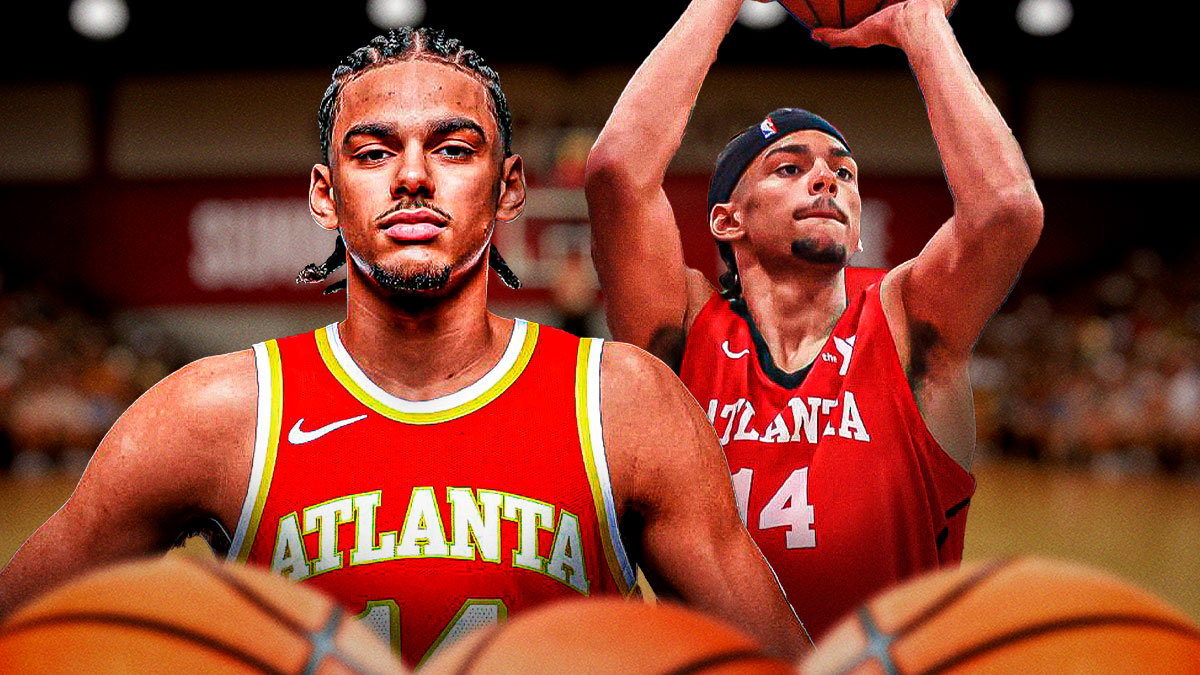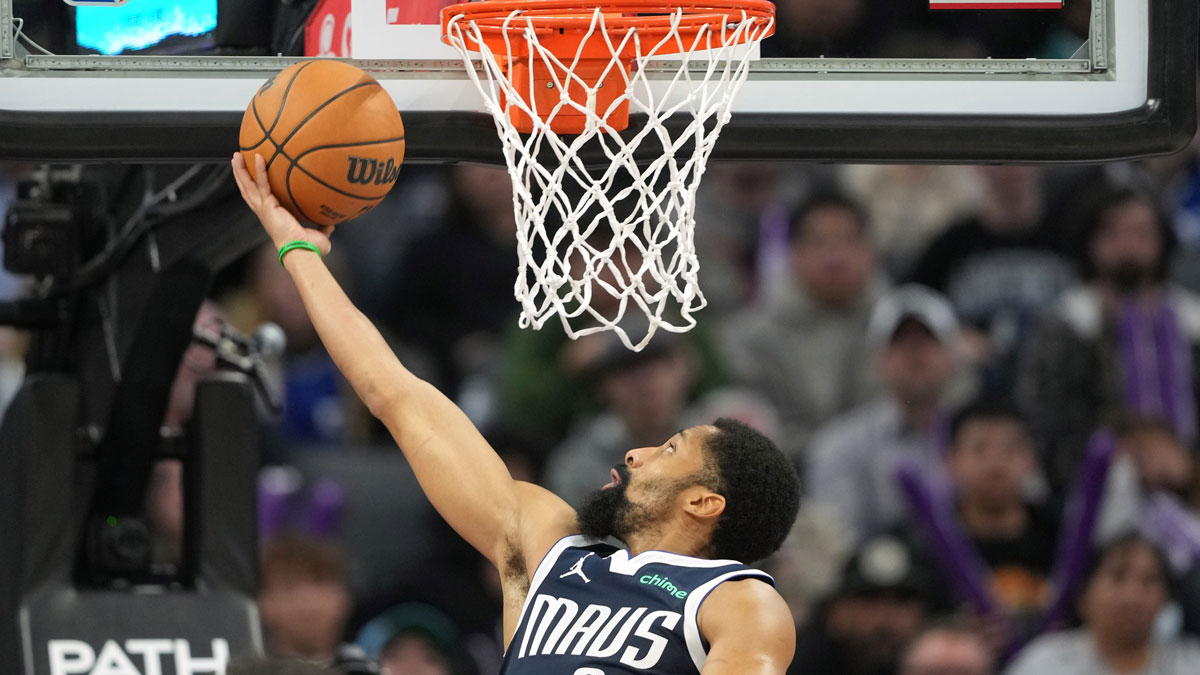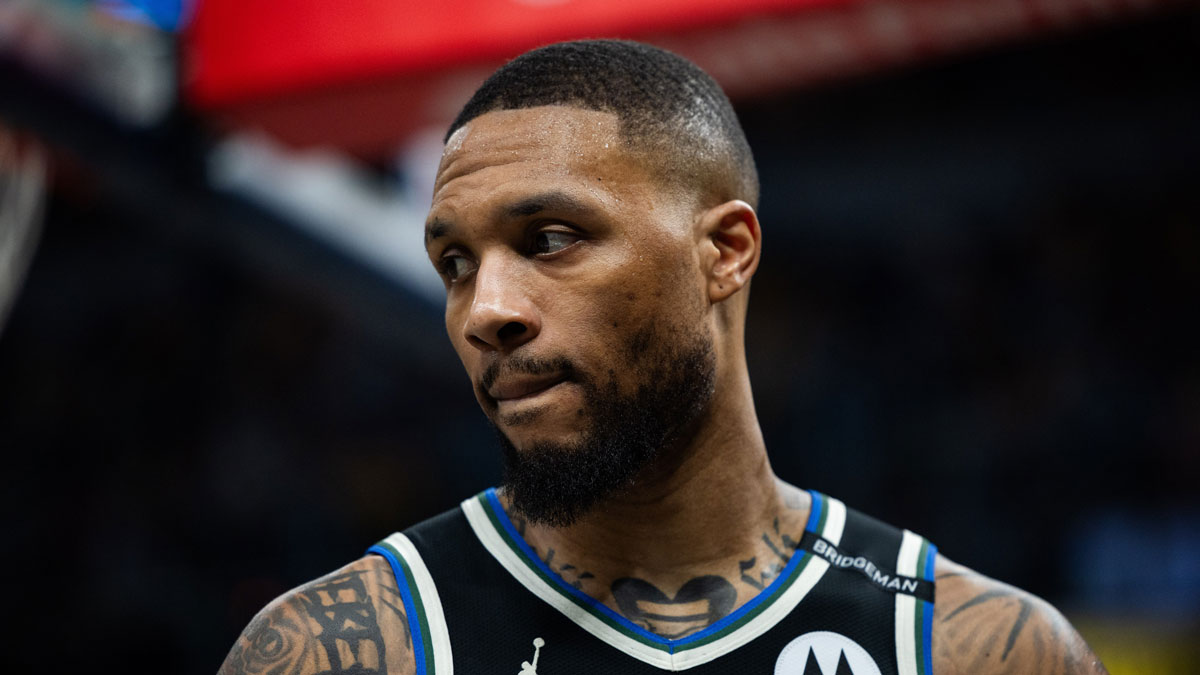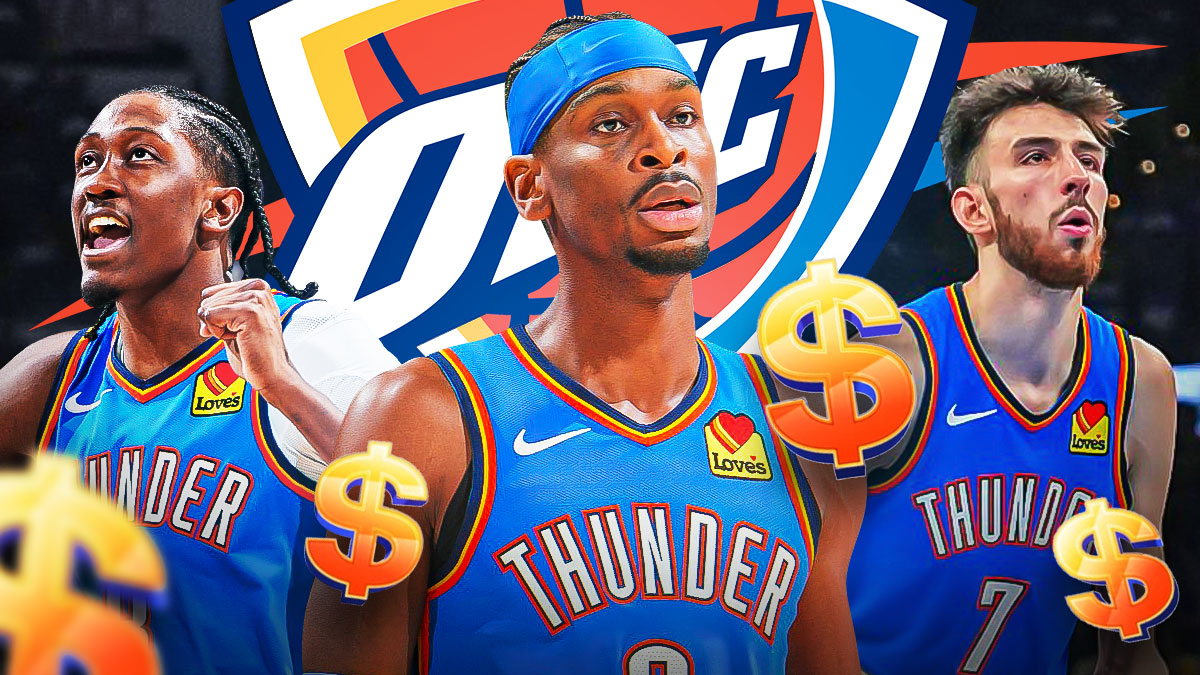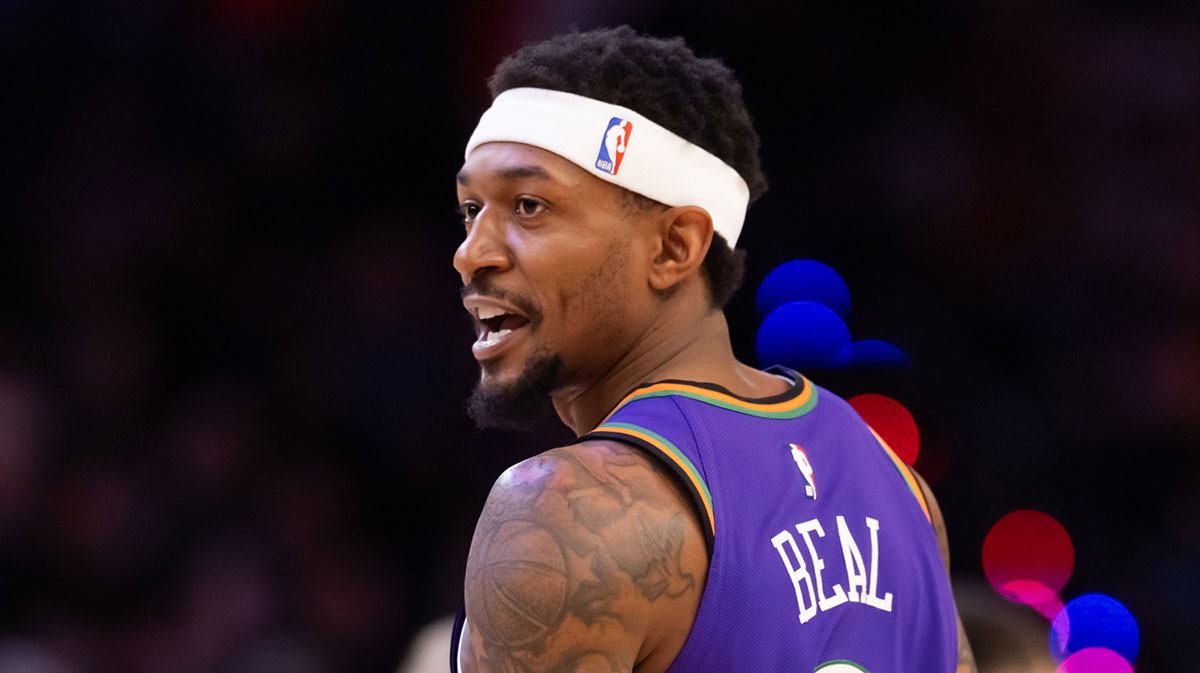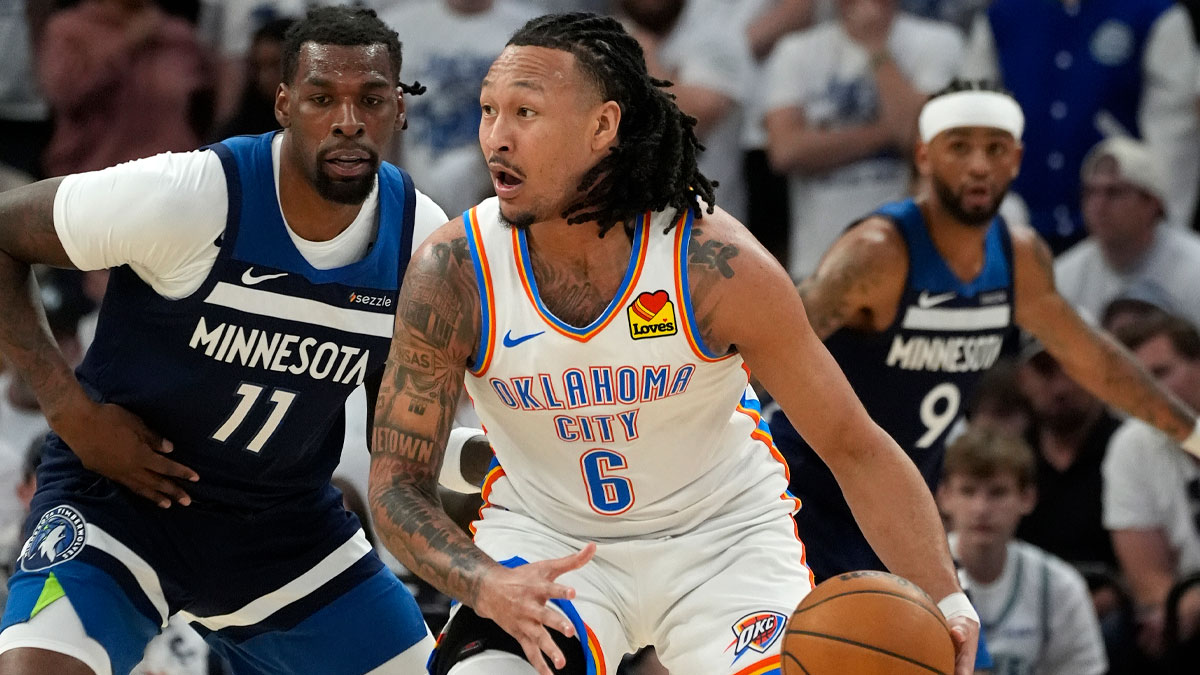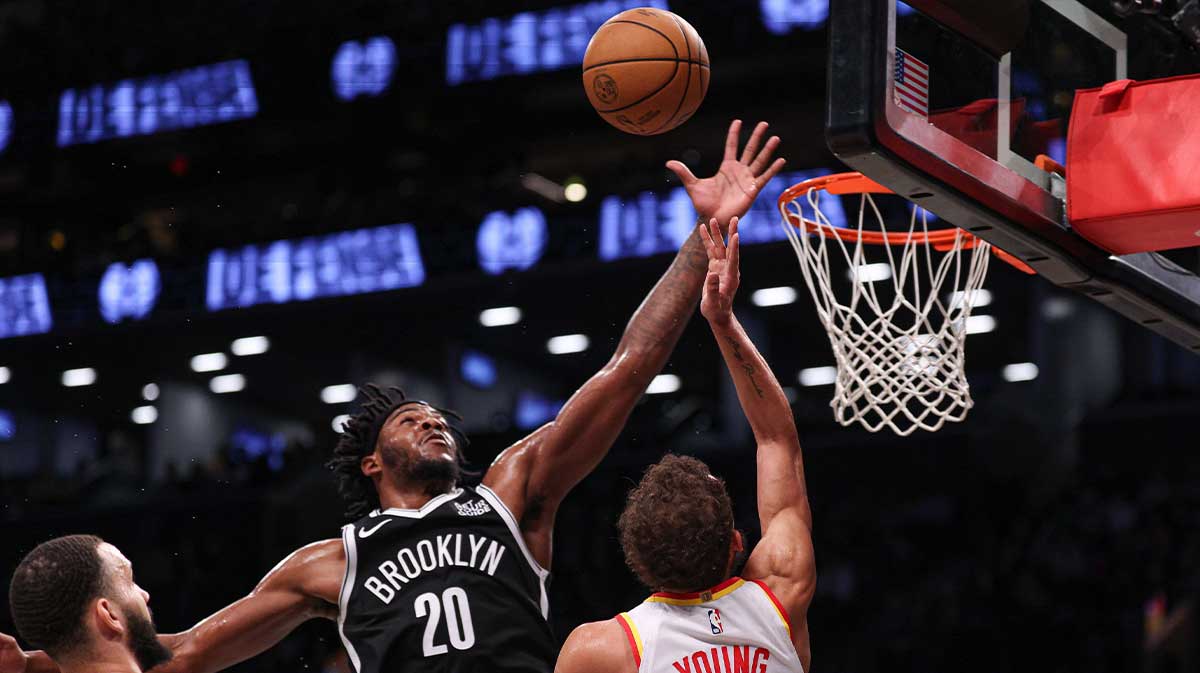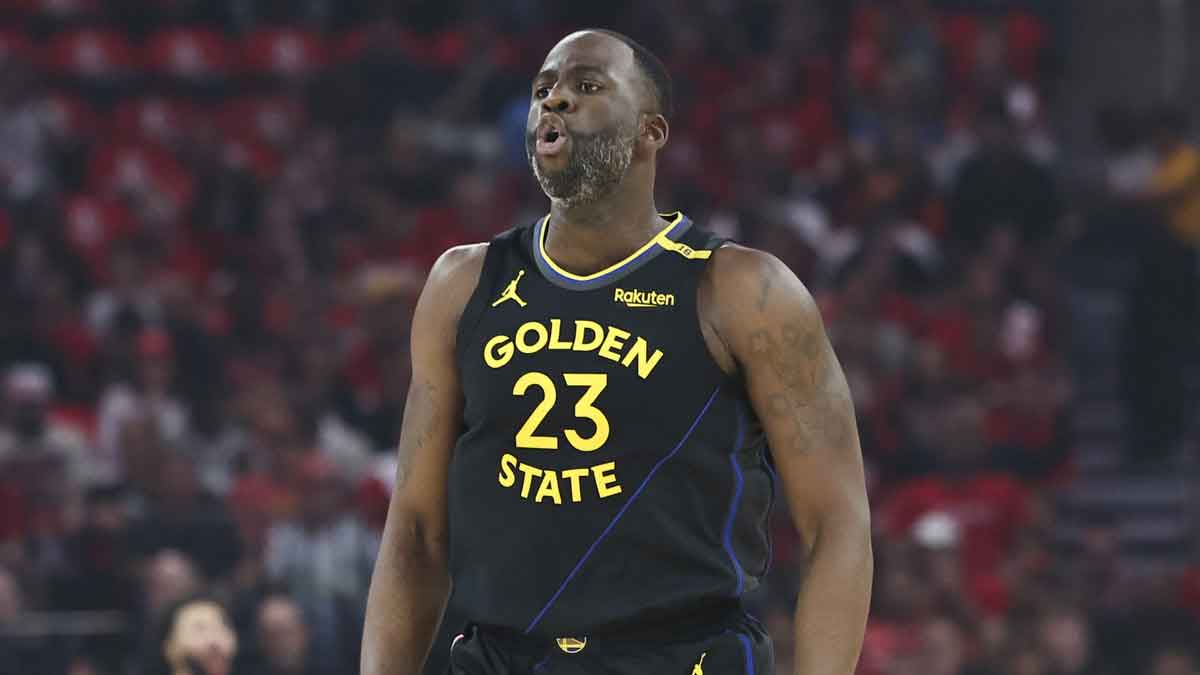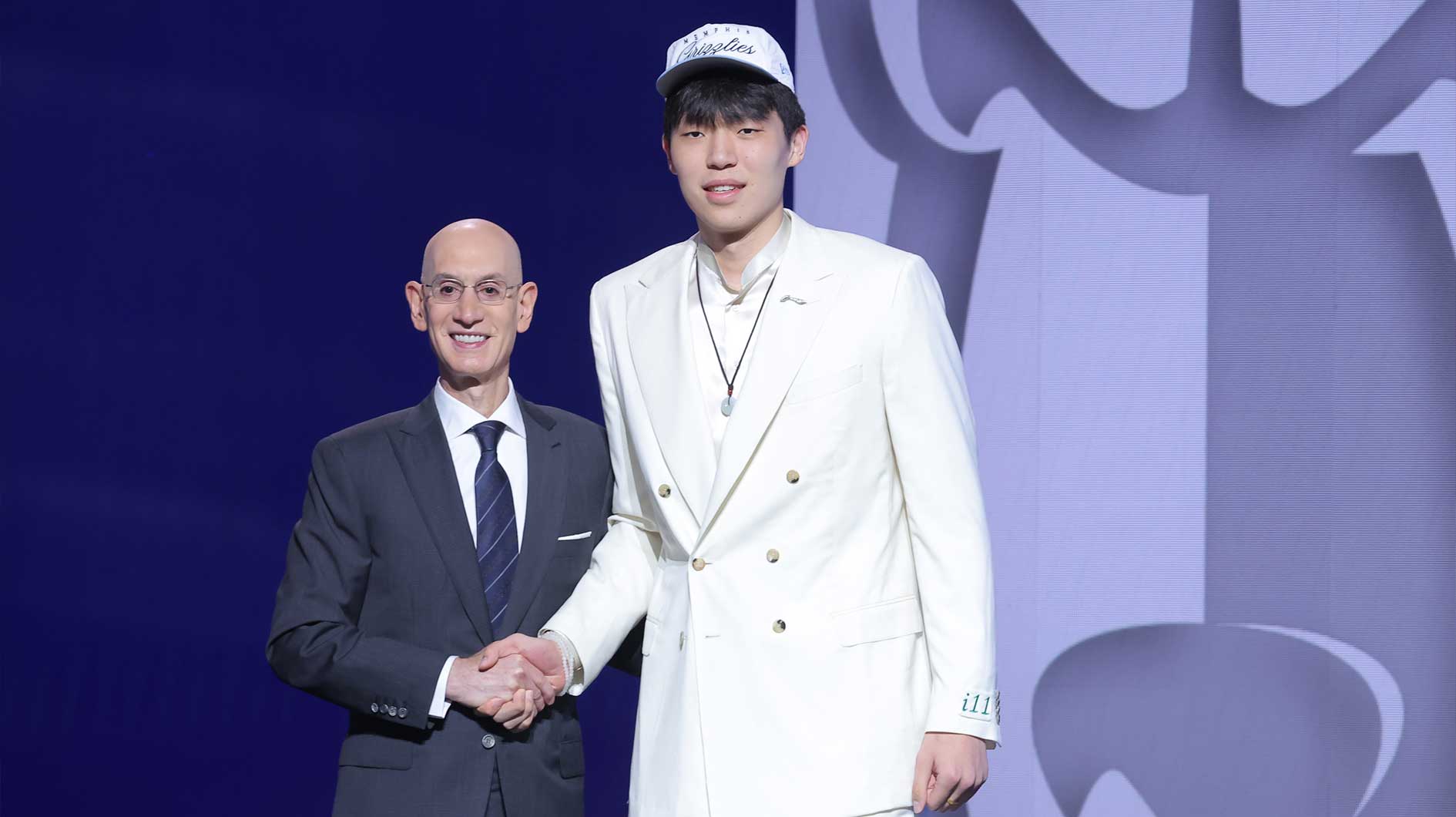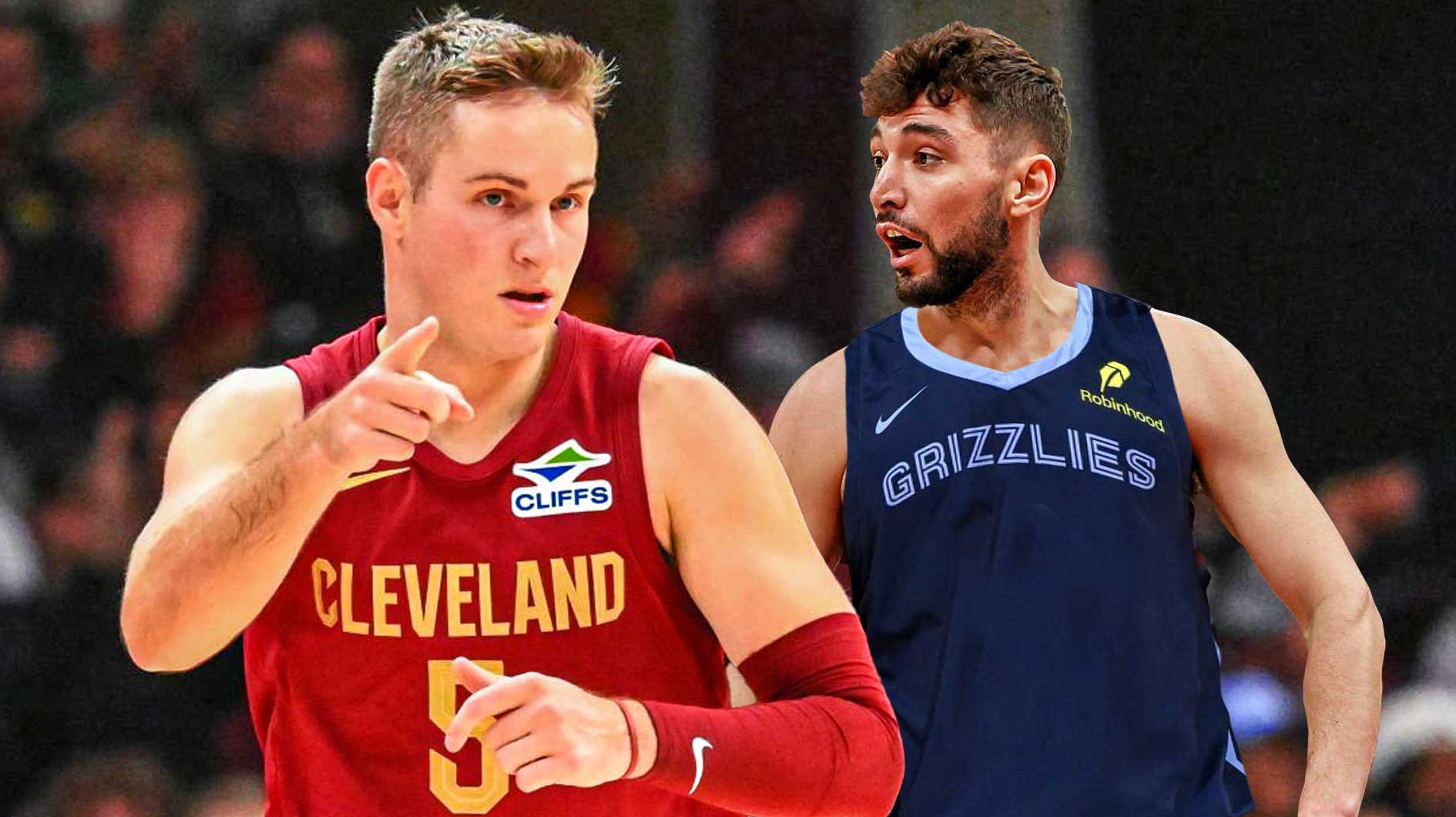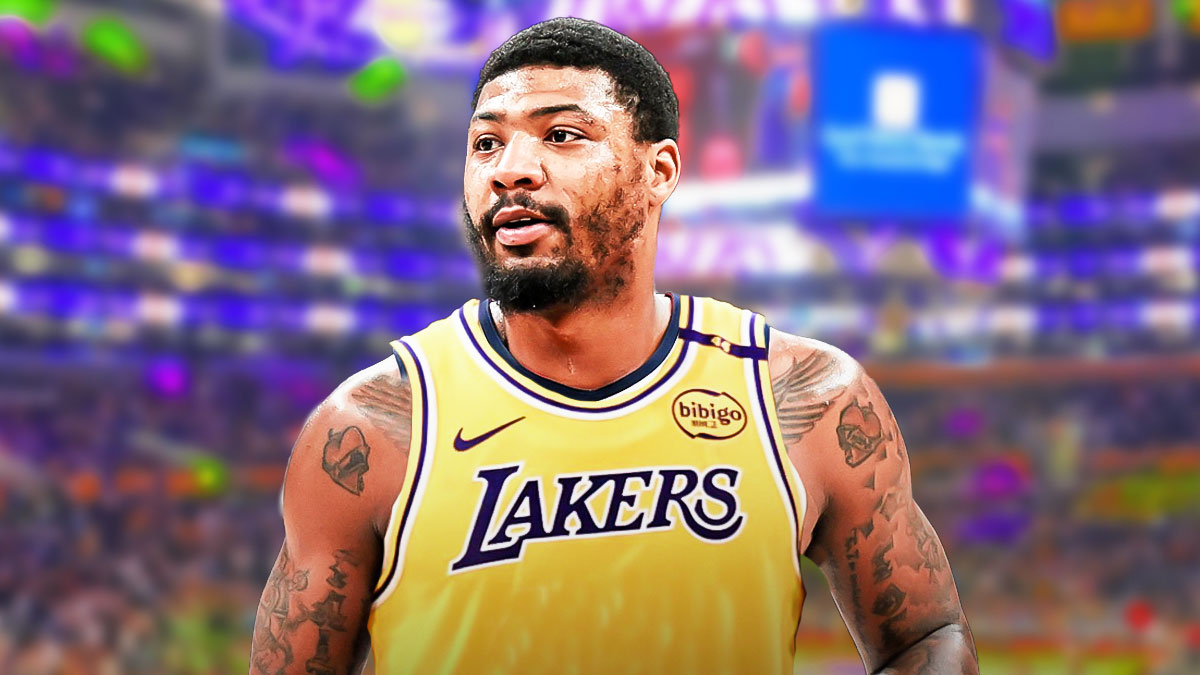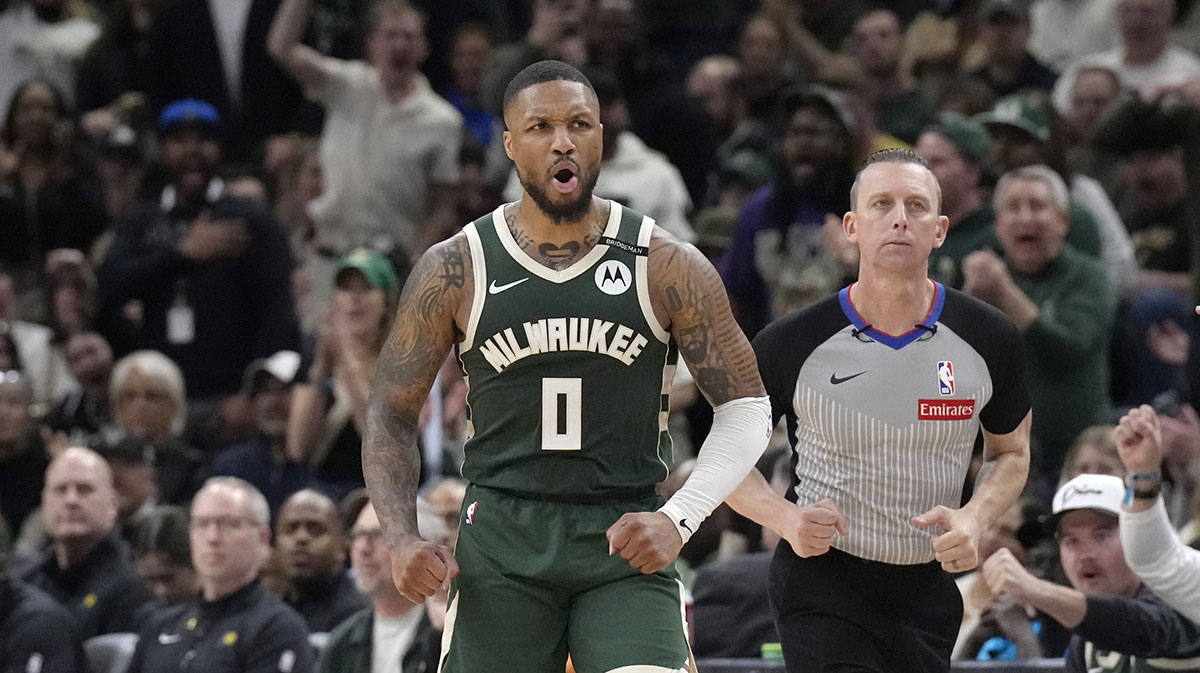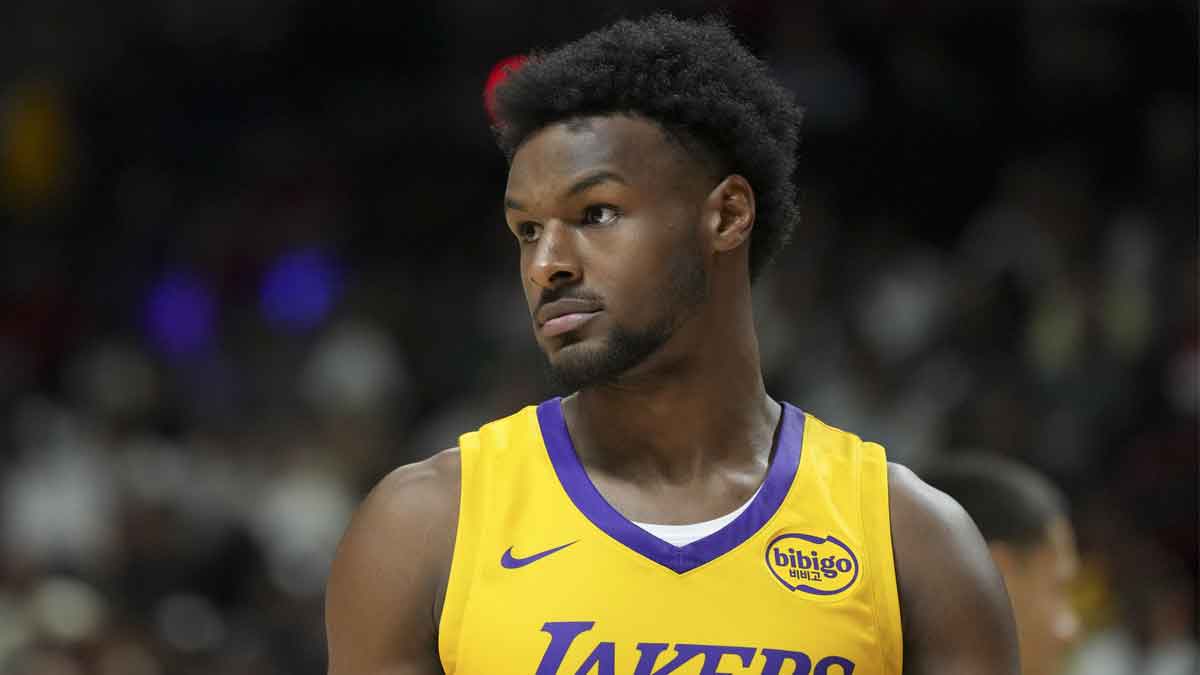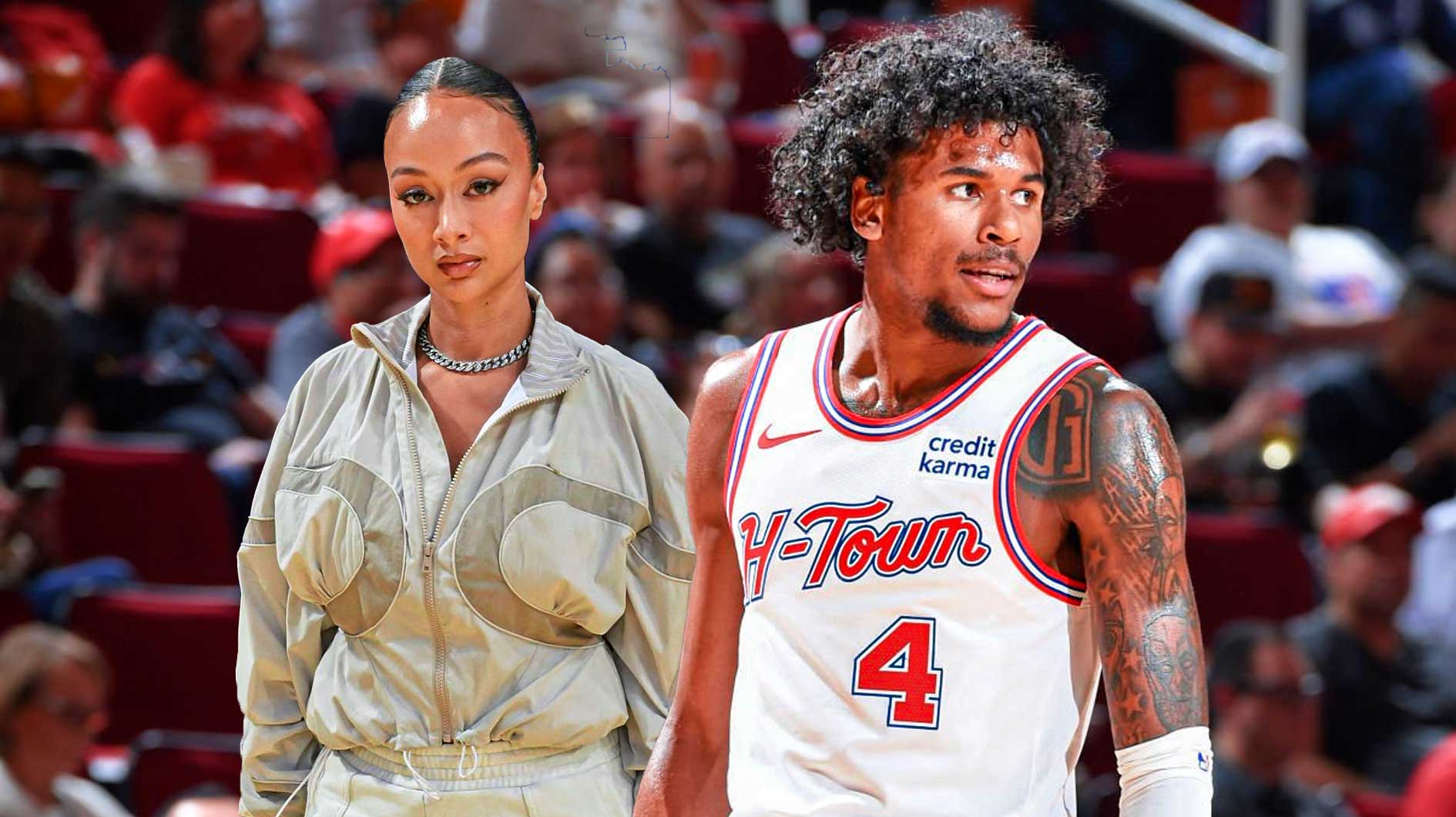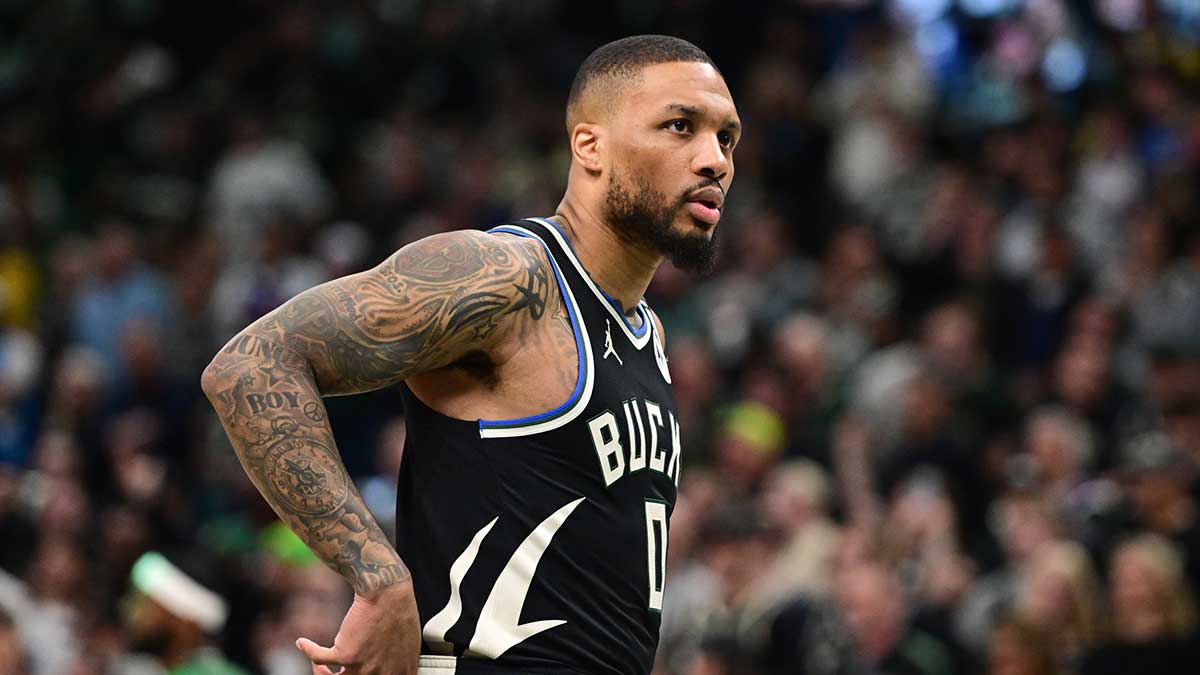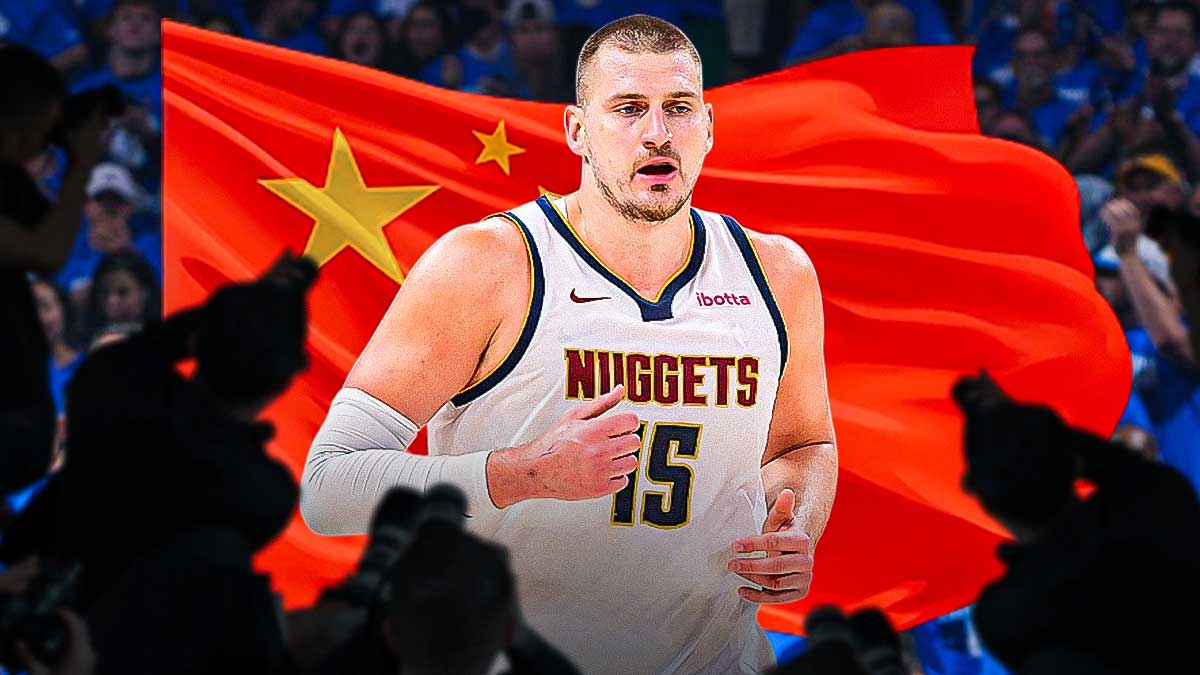Just as players around the league are readying up for the start to their season, the officials are also doing their proper preparation to adjust to today's game, including honing in on the minute details of foul calls and the game's flow moving forward.
The NBA has created the following points of education ahead of this 2017-18 season.
The 2017-18 Points of Education https://t.co/FfDIQ33lHP
— NBA Official (@NBAOfficial) September 29, 2017
- Contact and continuation: Distinguishing from a shooting and non-shooting foul and noting the difference between the start of a shooting motion and how it is or isn't impeded by the defender.
- Defensive closeouts: A key point of emphasis that raised concerned after several ankle injuries last season, most notably Kawhi Leonard's injury after a wild closeout by Golden State Warriors center Zaza Pachulia during the Western Conference Finals. The play, which can now result in a flagrant foul, will be judged in the following criteria:
Article Continues Below
- Severity of contact
- Whether player was making a legitimate basketball play
- Whether fouling player wound up and/or followed through after contact
- Potential for injury
- Severity of actual injury
- Outcome of the contact (whether it led to altercation)
- Flagrant fouls: Plays that result in hacking a player across or behind the head are called a Flagrant 1, with possibility of scaling into a Flagrant 2 depending on severity and intent. Pulling and tugging of a jersey while airborne or in a shooting motion will also be called a Flagrant 1, as it can result in injury. Offensive fouls with lunging limbs like arms or elbows in a non-basketball manner during a drive or standstill situation can result in a Flagrant 2 foul.
- Screening: A steadily set screen, regardless of leg extension will be considered legal, regardless of contact made between screener and defender. Hip-checking and moving while screen-setting will be considered illegal screens.
- Game flow: The following changes have been approved in the usage of timeouts.
- Only two mandatory timeouts per quarter at the seven and three-minute marks — removing the ninth-minute mandatory timeout in the second and fourth quarters.
- Each team will have seven timeouts — including no full timeouts or 20s — all 1:15 in length except when triggering a mandatory timeout.
- Maximum of two team timeouts after later of last mandatory or 3:00 mark of the fourth quarter, whichever is later.
- Teams will only have two timeouts during an overtime period.
- Delay of game: Free-throw shooters will be assessed with a delay of game warning if they venture past the three-point line when in between free-throw attempts.

